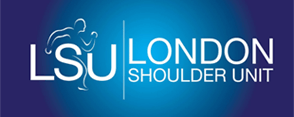Elbow Fractures in Children
The elbow is a hinge joint that consists of three bones, the humerus (upper arm), radius (forearm) and ulna (forearm). An elbow fracture in a child most commonly occurs when your child falls on an outstretched arm or directly on the elbow, or experiences a direct blow to the elbow. It can lead to sudden, severe pain in the elbow and forearm, numbness in the hand and the inability to straighten out the arm.
Fractures in children are different from adults owing to the area of developing bone tissue called a growth plate, present at the end of long bones, which will eventually develop into solid bone as your child grows. A fracture in the growth plate can disrupt the growth phase and lead to deformity if not addressed immediately. An elbow fracture can also occur above (on the upper arm) or below (on the forearm) the elbow, at the elbow knob (condyle) or tip of the elbow (epicondyle). An elbow fracture can also cause dislocation of the bones or may be an open fracture, when the bones come through the skin.
When you present to the clinic with an elbow fracture, your child’s doctor first evaluates your child’s arm for signs of tenderness, limited movement, and damage to blood vessels and nerves. An X-ray examination is then ordered to confirm and determine the severity of the fracture. Your child’s doctor may suggest treatment based on the extent of displacement and type of fracture:
- Nonsurgical treatment: If there is little or no displacement from the normal anatomical position, nonsurgical treatment is recommended. Your child’s doctor may immobilize the arm using a splint or cast. Regular X-rays are ordered to check if the bones are properly aligned and healing normally.
- Surgical treatment: Surgery may be recommended if the fracture has caused the bones to move out of alignment or in cases of open fracture. Your child’s doctor brings the bones into correct alignment and may use metal pins, screws and wires to hold the bones in place. Your child will have to wear a cast for a few weeks following surgery. Exercises to improve the range of motion will be instructed after a month of healing.






